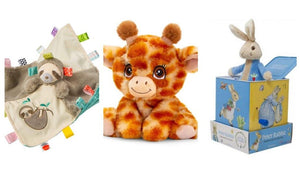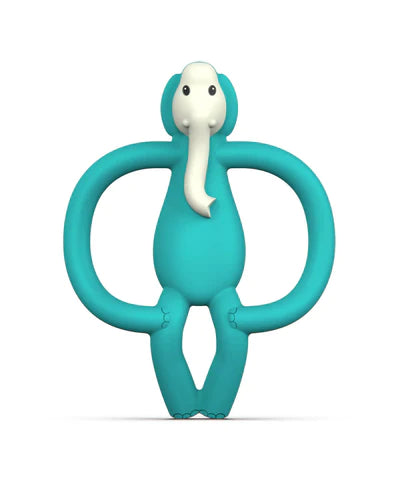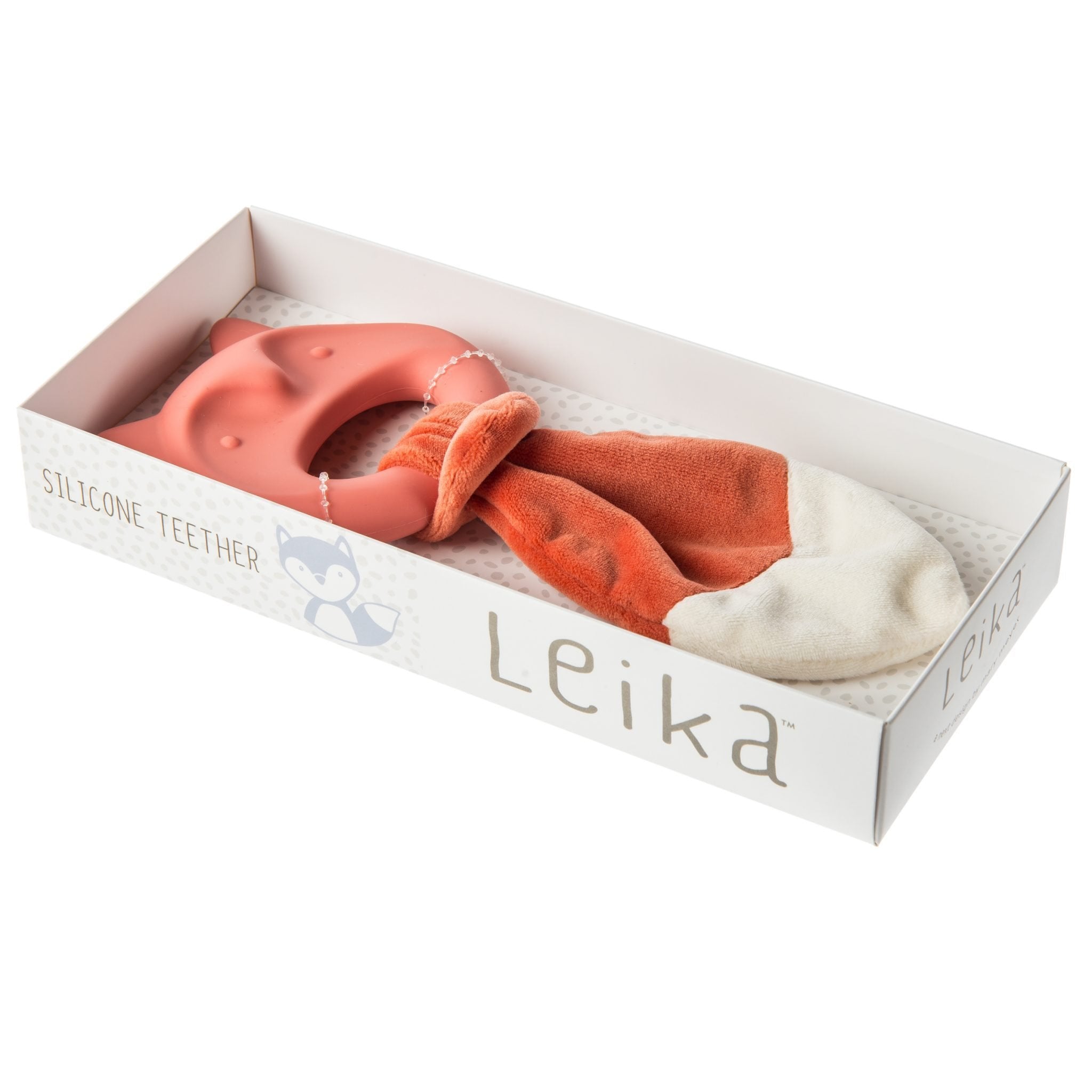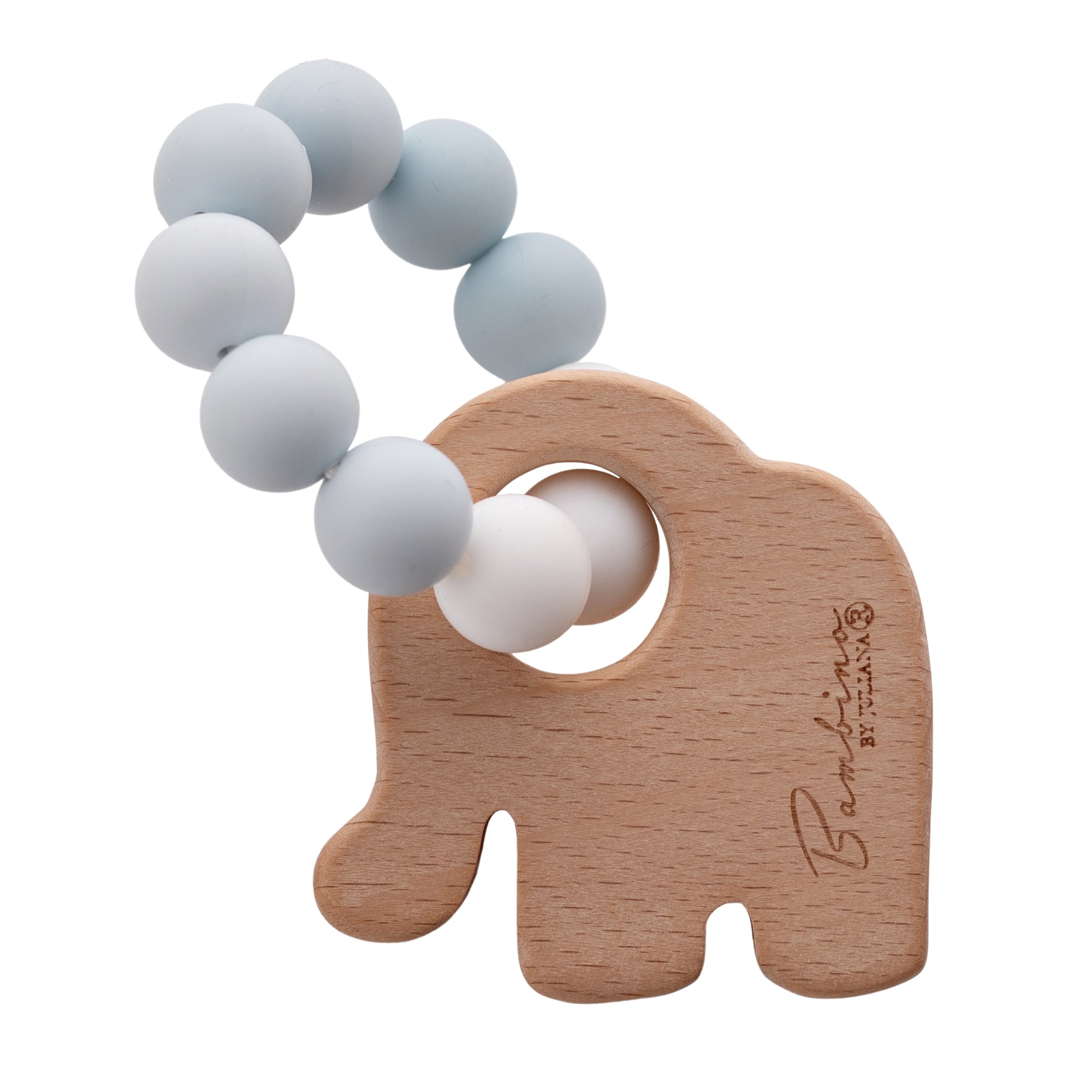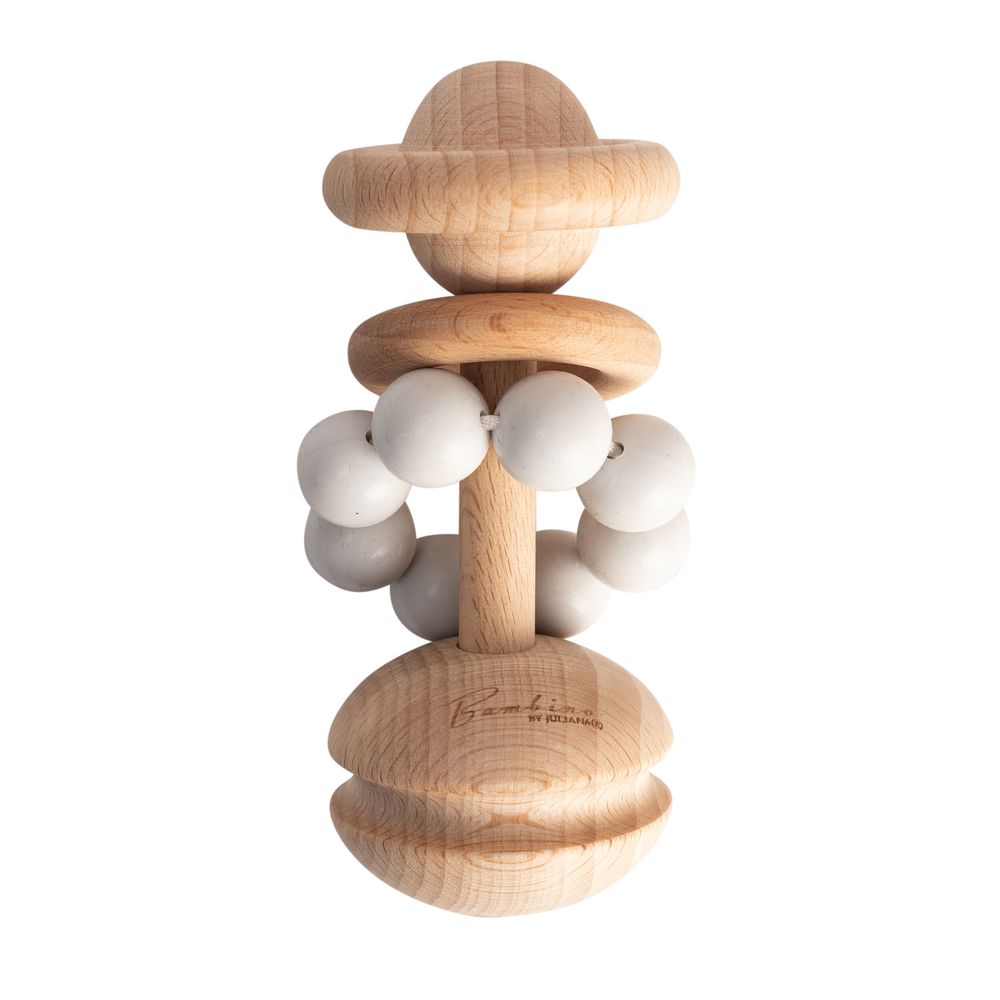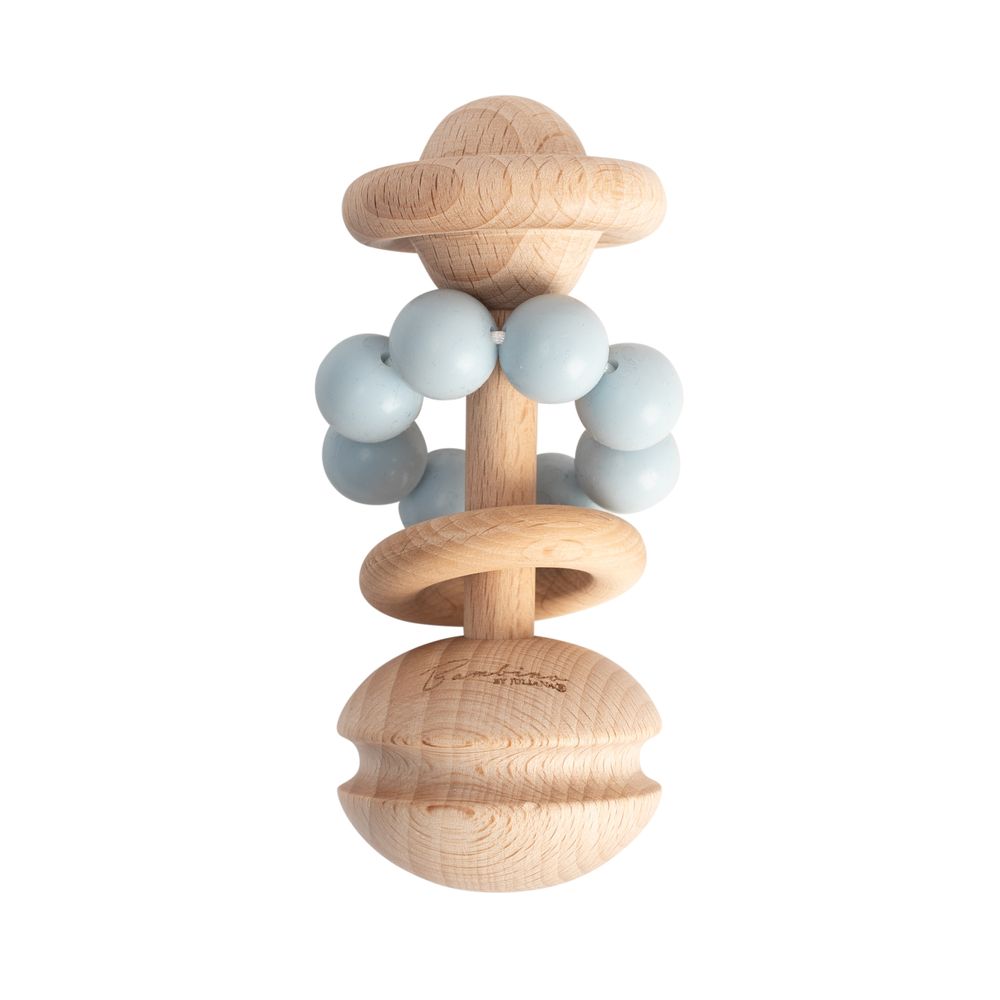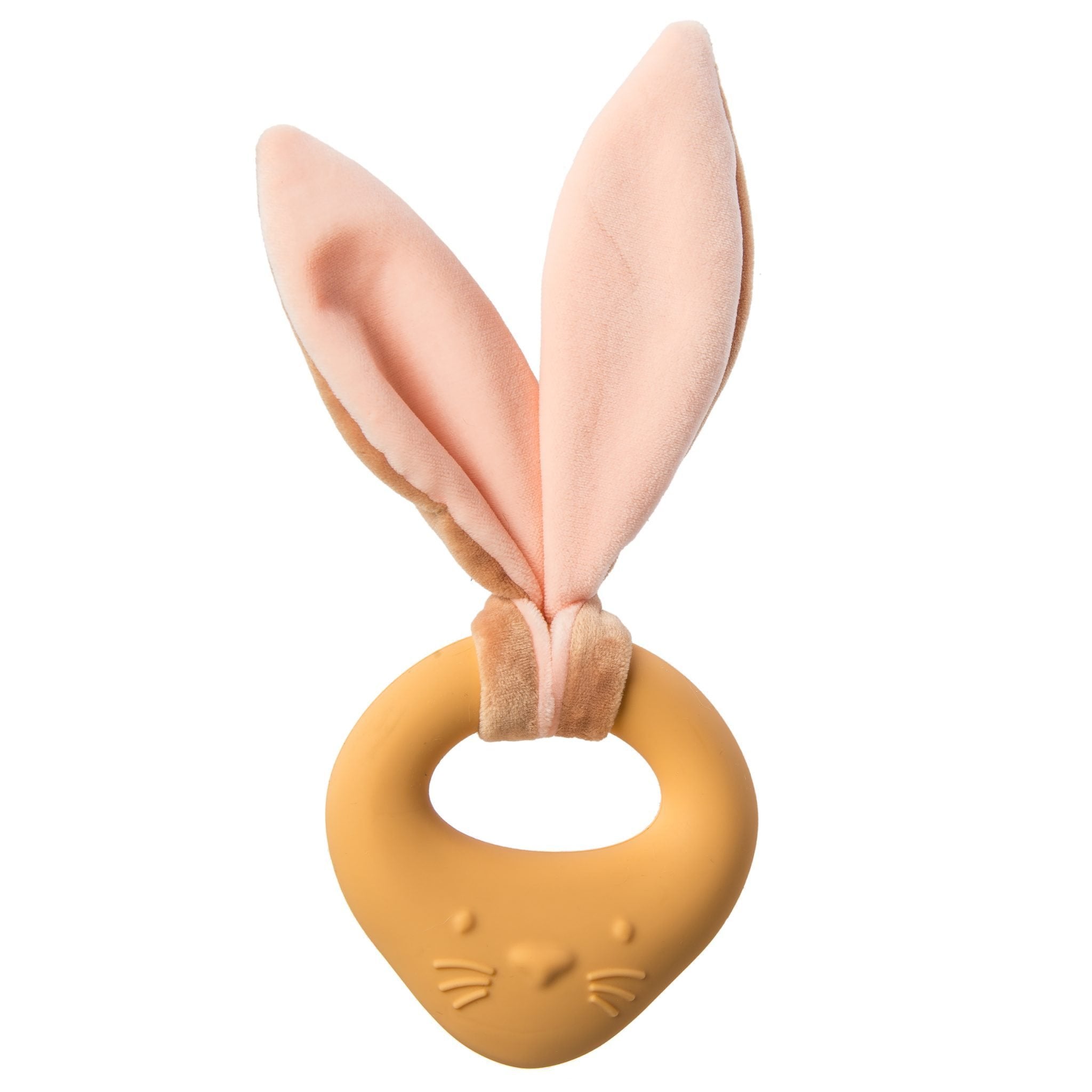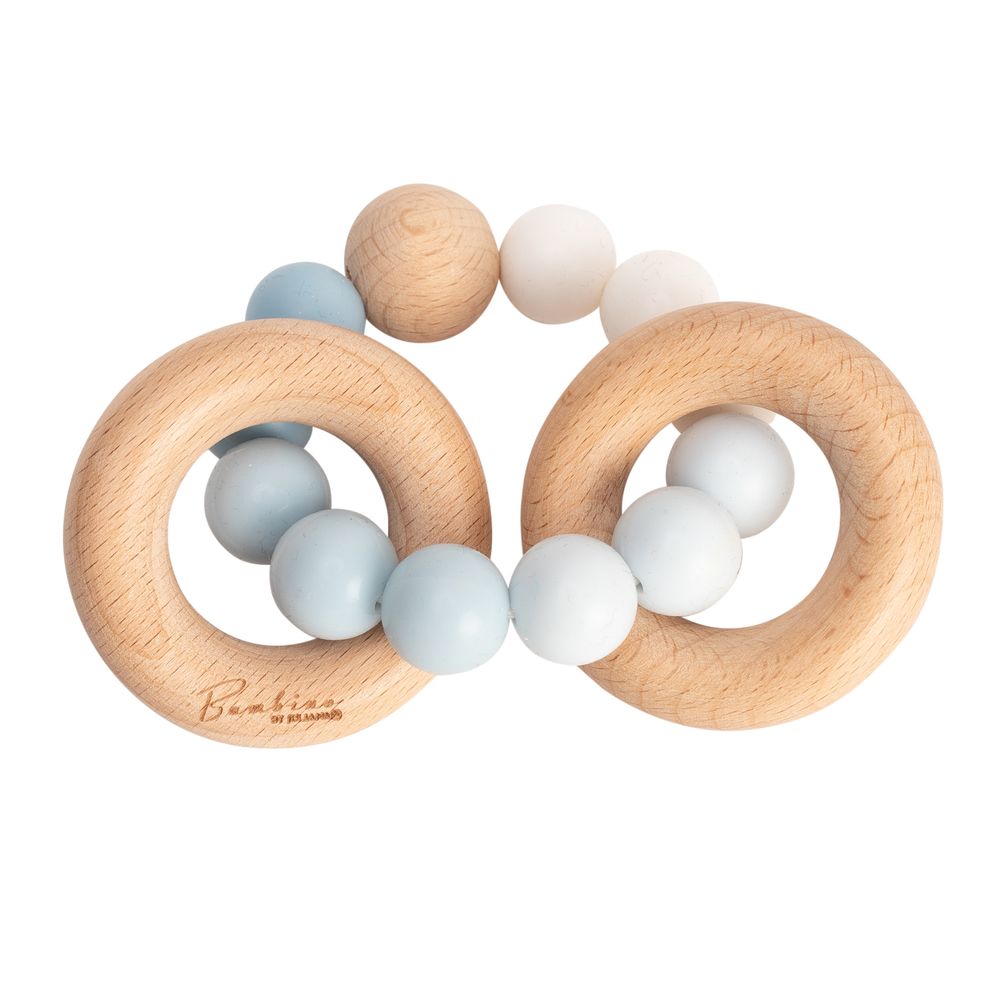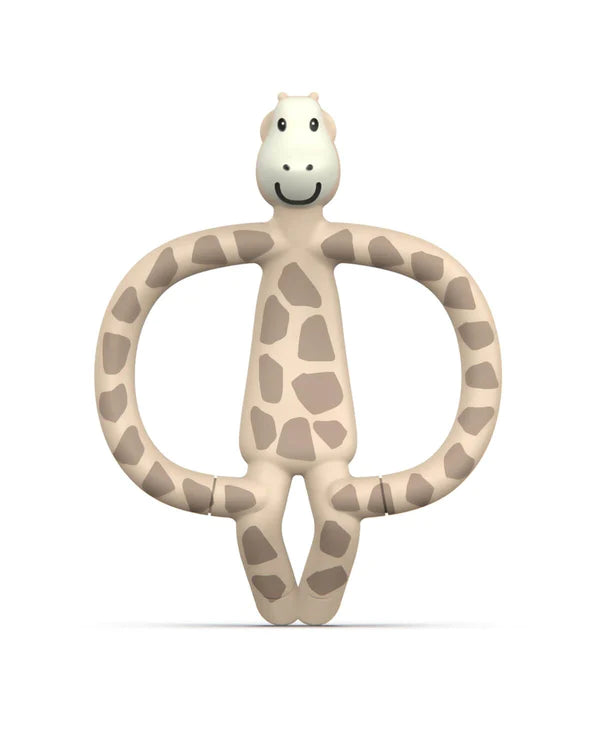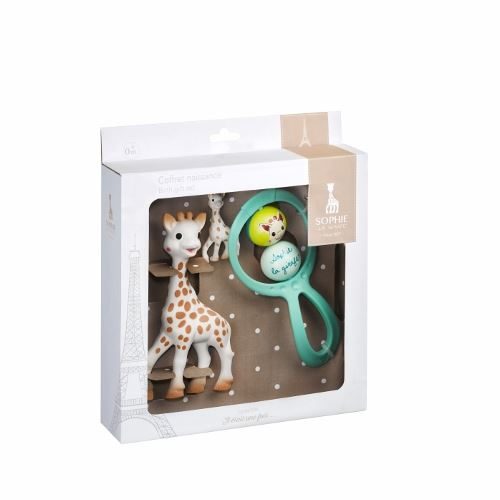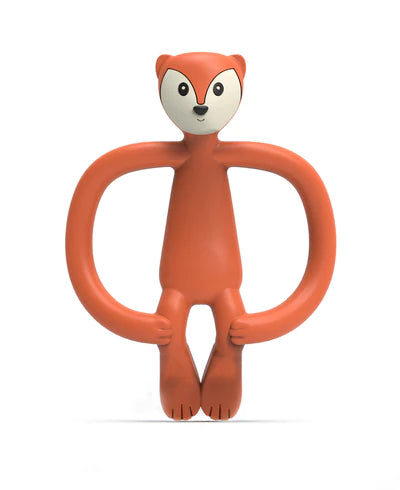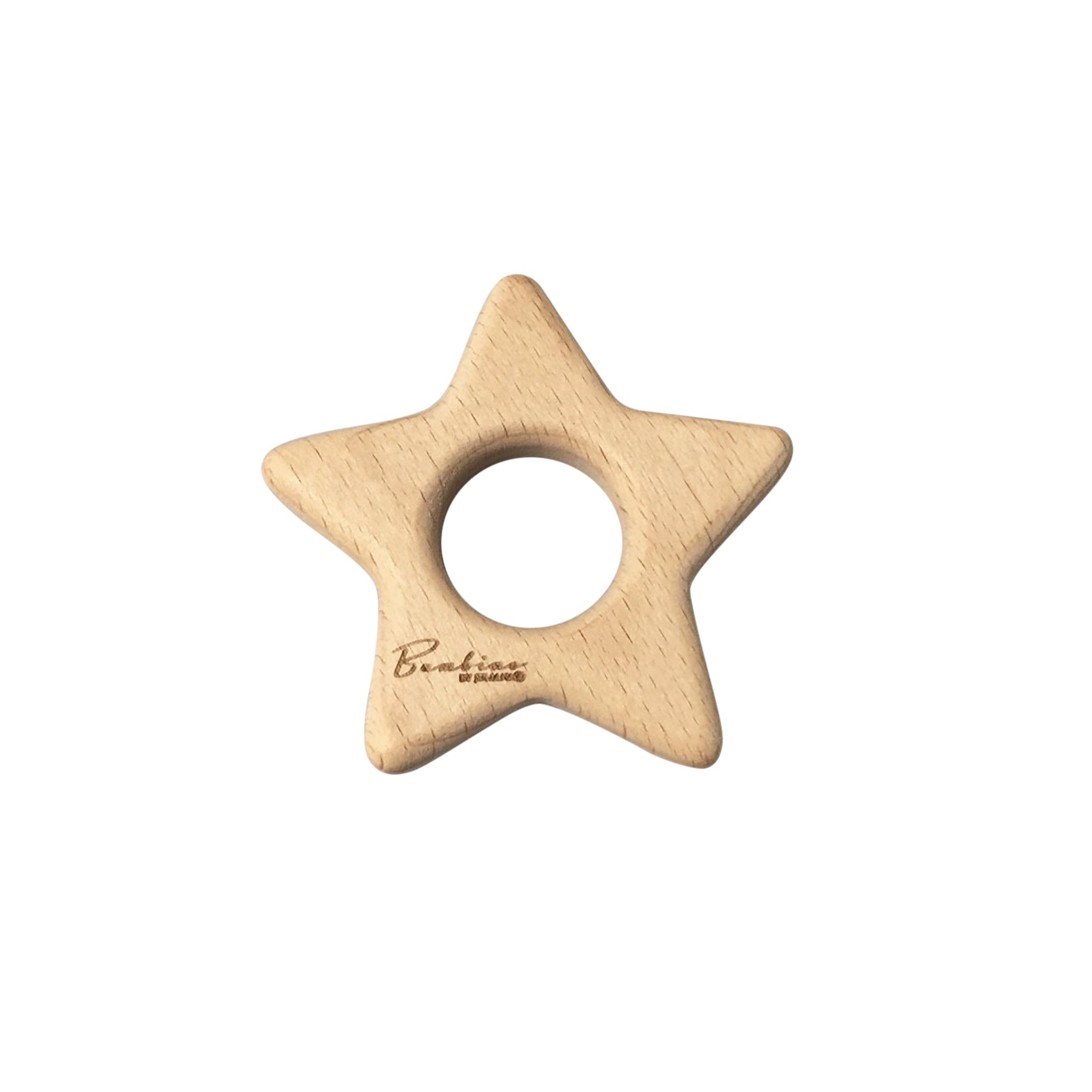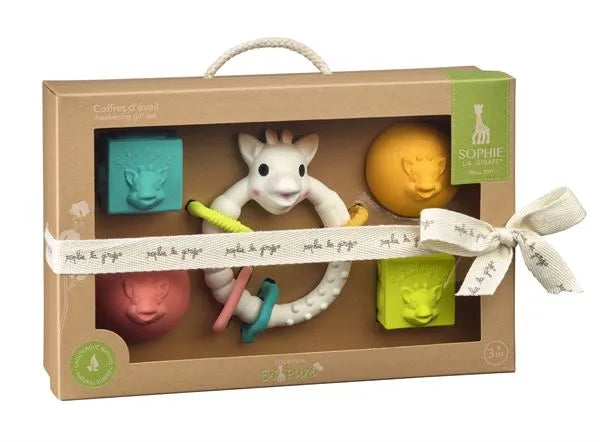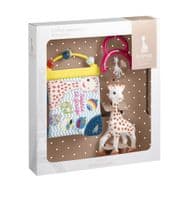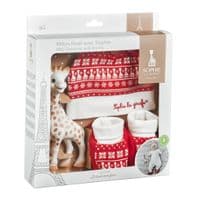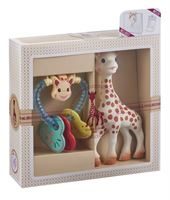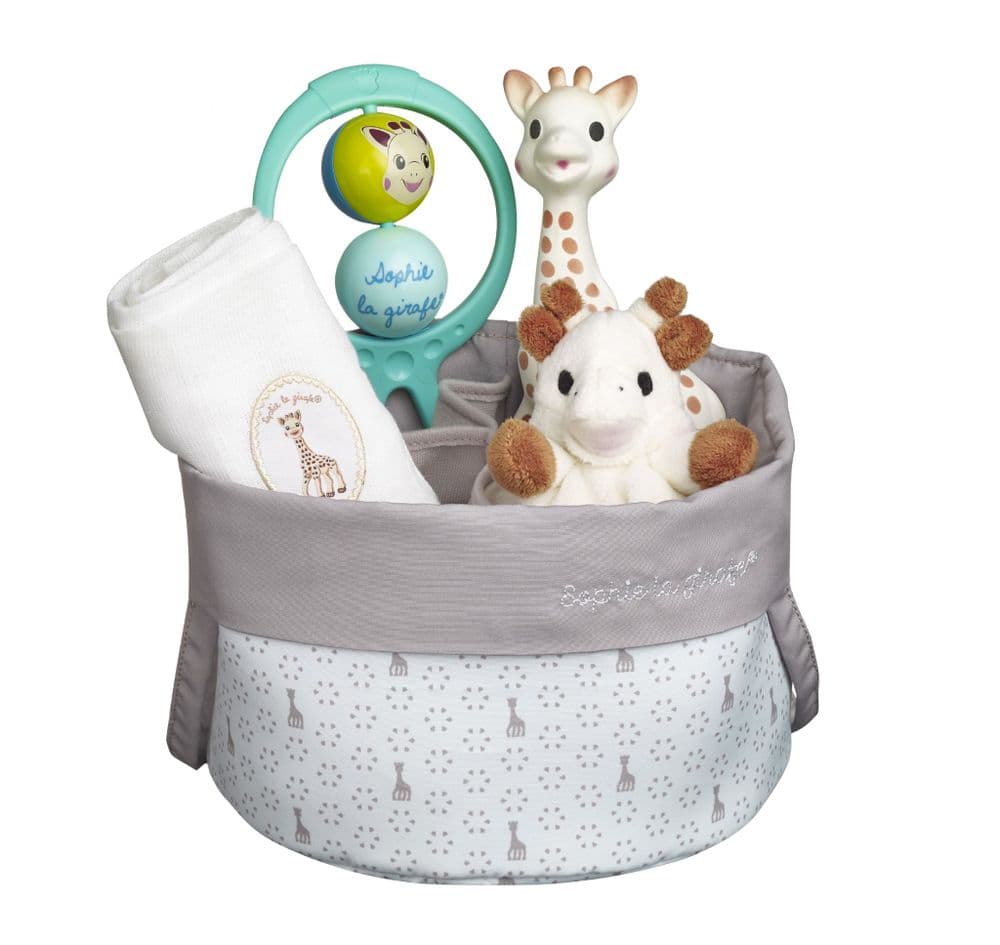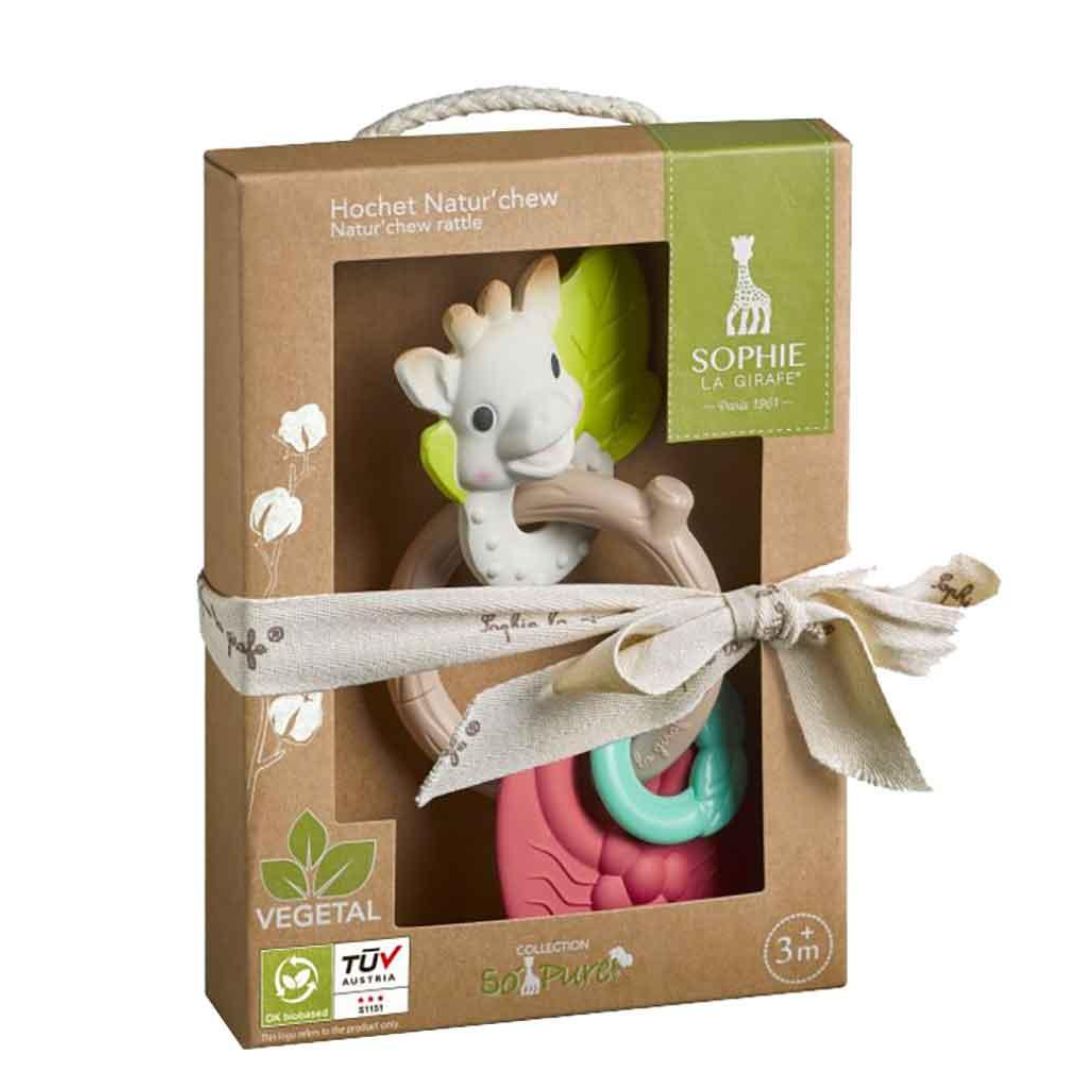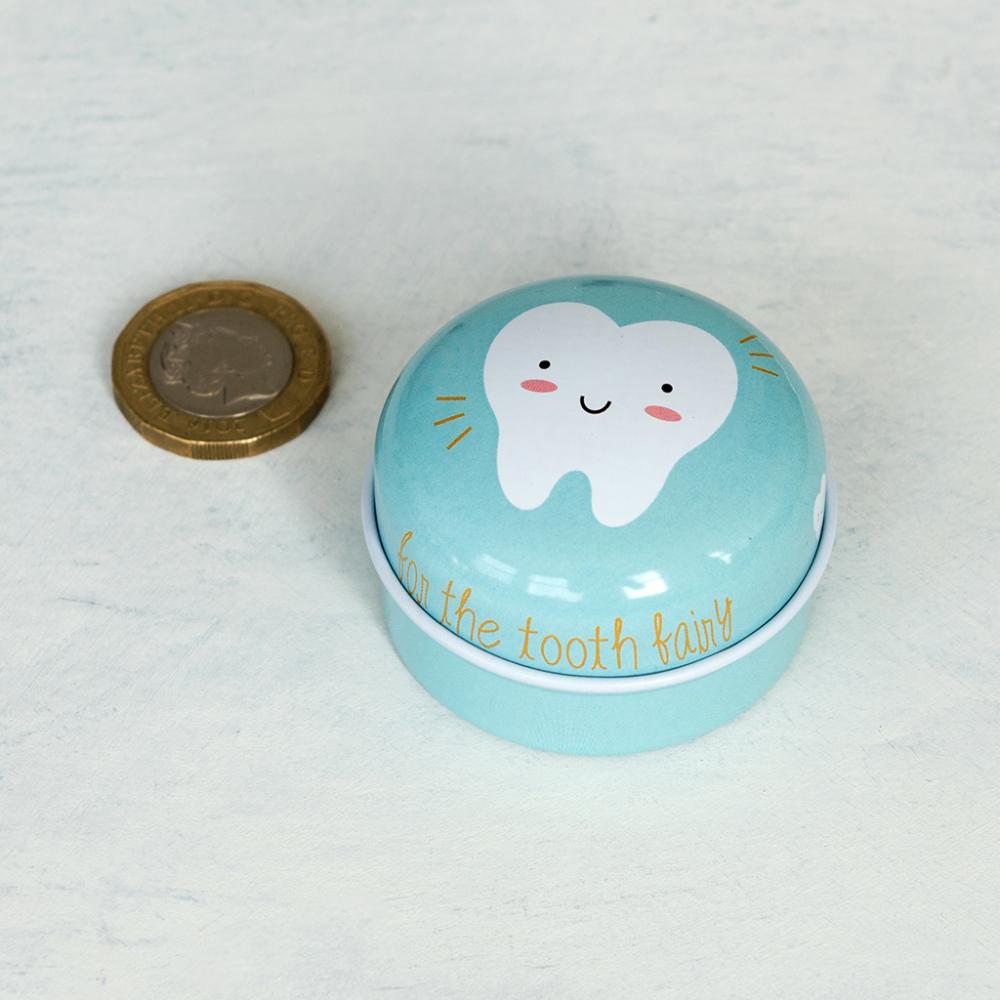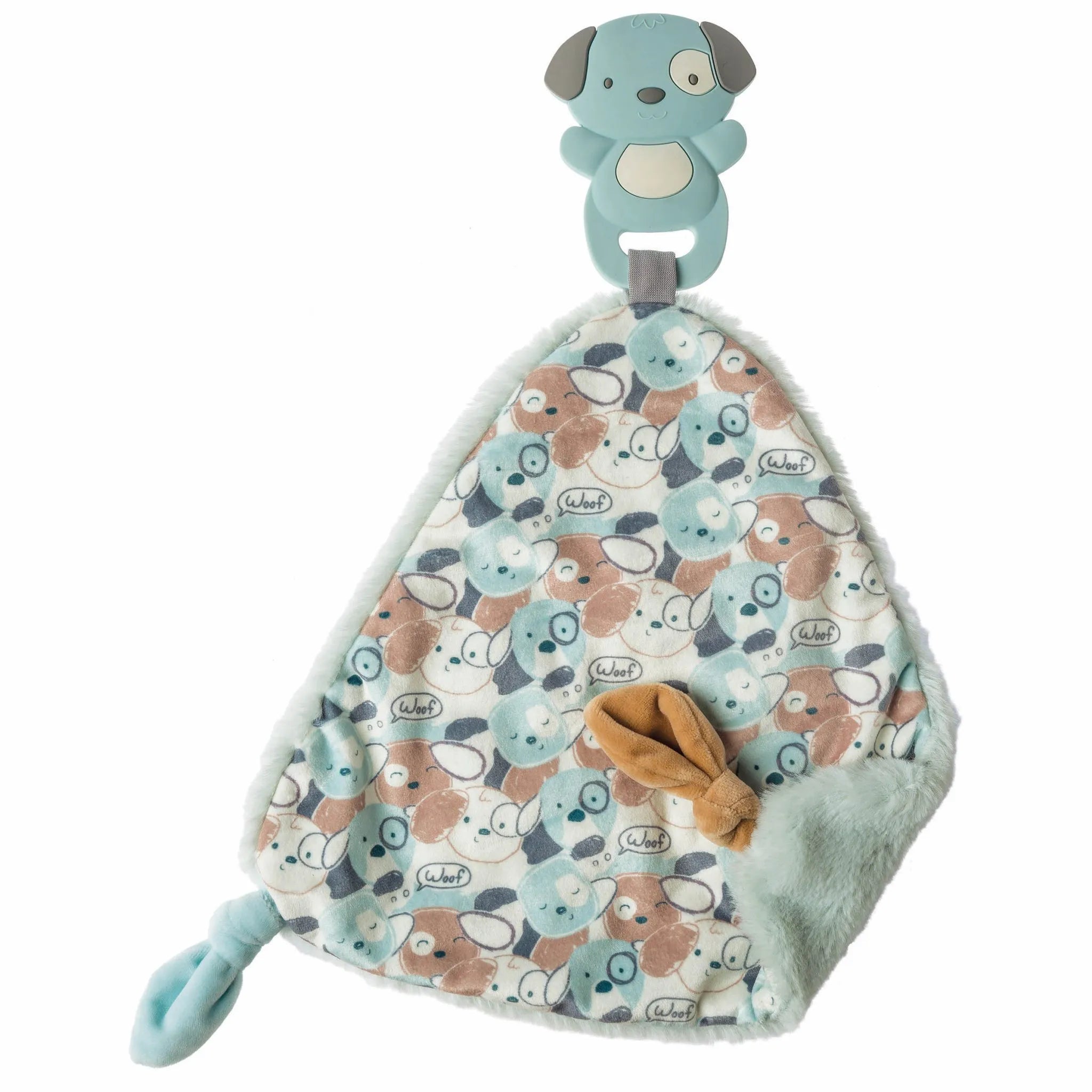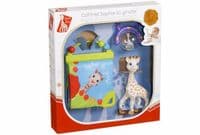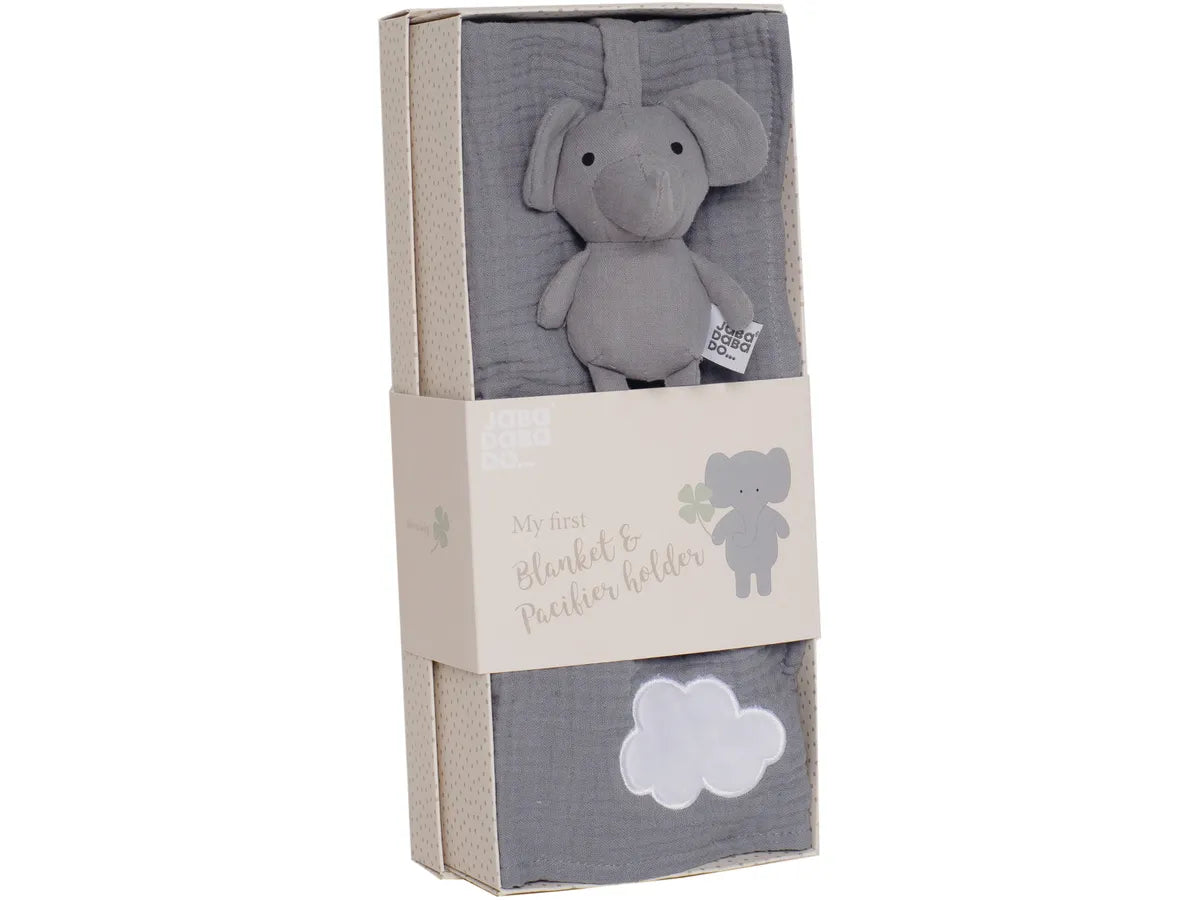Baby Teething Toys

Teething can be a horrible time so make it (slightly) easier with one of our teething toys.
Loved by 70,000+ Mums Nationwide
Free Shipping
Personalised Greetings Card
Baby Teething Toys: Soothing Solutions for Tiny Teeth
Soothe your baby's teething woes with our selection of baby teething toys. Designed for little hands to hold, these wonderful teethers not only keep your baby entertained but also offer relief from sore gums. Our range of teething toys for babies help provide comfort to your little one.
Choosing the right teether means prioritising your child’s comfort. That's why we offer a variety that caters to different stages of teething. Our best baby teethers are made of safe and non-toxic materials ensuring your baby's safety as they chew. Pick the perfect teething toy for your baby from our selection and enjoy the smiles of your little one as they teeth with a little less pain.
Choosing the Right Baby Teethers for Your Little One
When it comes to teething time, finding the right baby teething toy is crucial for your little one's comfort and growth. Baby teethers can provide much-needed relief to their sensitive gums, distracting them from the discomfort and helping them develop chewing skills. An excellent teething toy for babies not only soothes the baby's mouth but also acts as a fun toy for them to explore and play!
Teething rings, made from safe materials, are becoming an increasingly popular option for parents worldwide. These items are easy for your baby to hold, stimulating their motor skills in the process. Our rubber teething toys, like the adored animal teether or the whimsically designed matchstick monkey, offer firm but gentle resistance that babies love to chew on.
If you're looking for a unique gift, consider our wooden baby teether. This eco-friendly option doubles as a soft chew toy while introducing your baby to different textures. And for those who prefer a rustic touch, our wooden teething ring is an excellent choice. Remember, every chew and every gnaw is an essential step in your baby's development journey. With Bumbles & Boo, you will always find the baby teethers that best suit your little wonder.
Frequently Asked Baby Teething Toys Questions
The number of teething toys a baby requires can depend on several factors such as how often the toys are cleaned and if the baby likes variety. Typically, having 2-3 teething toys on hand is sufficient. This allows for one to be in use, one as a backup, and one for emergency, ensuring a clean, safe toy is always available.
Begin by rinsing the teether under warm water to remove any visible debris. After this, submerge the teether in a bowl of mild, baby-safe soap mixed with warm water - ensure the entire teether is covered. After soaking for a few minutes, give it a good scrub with a clean cloth or a soft-bristled toothbrush, rinse thoroughly under warm water to remove all soap, and then let it air dry. Always check the manufacturer's instructions before cleaning as some teethers may have specific care requirements.
Baby teethers are typically filled with a safe, non-toxic gel or water. When cooled in a refrigerator, this filling gives a soothing effect to your baby's gums to alleviate teething discomfort. Some teethers are not filled, and are made of solid materials like rubber or wood for the baby to chew on, helping to ease teething pain and stimulate gum growth.
Babies typically start teething around the age of 4 to 6 months. Hence, this is the most common period to introduce a teether. However, each child is unique and may begin teething earlier or later, thus it's advisable to watch for teething signs such as excessive drooling, irritability or swollen gums before presenting a teether.
Yes, it's important to sterilise teething toys to ensure they are germ-free and safe for your child to use. Sterilisation can be done by boiling the toy in water for a few minutes, using a sterilising solution, or using soap and water, depending on the toy's material and manufacturer's instructions. Regular sterilisation helps maintain good hygiene and reduces the risk of infections.
Plastic teething rings can be safe for your child if they are free of harmful chemicals such as BPA, PVC, and phthalates. It's crucial to ensure the teething ring is solid and cannot be broken into small parts which could pose a choking hazard. Always check product labels for safety information and certifications before purchasing.


